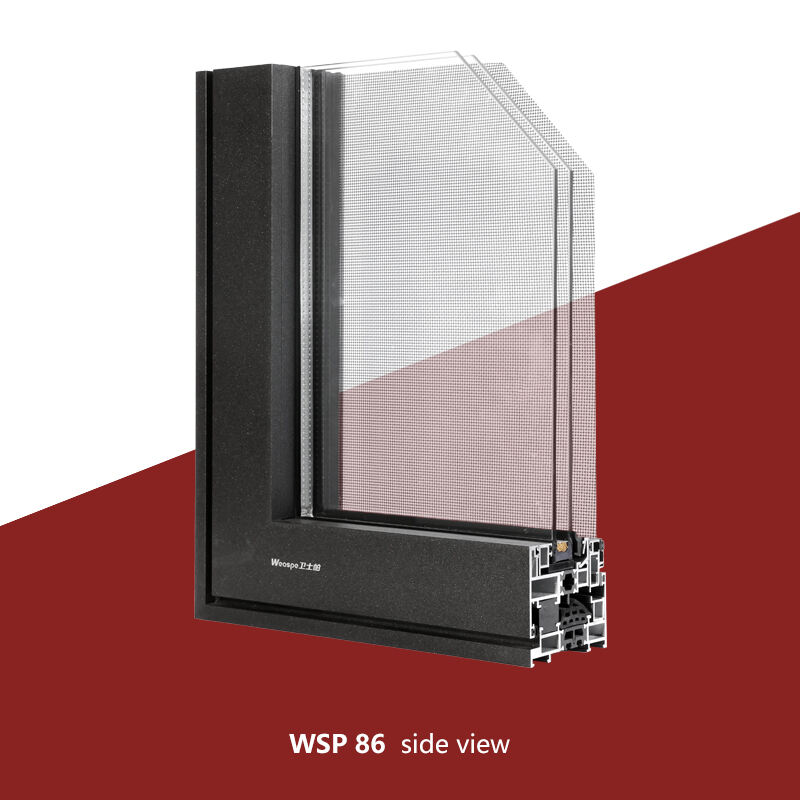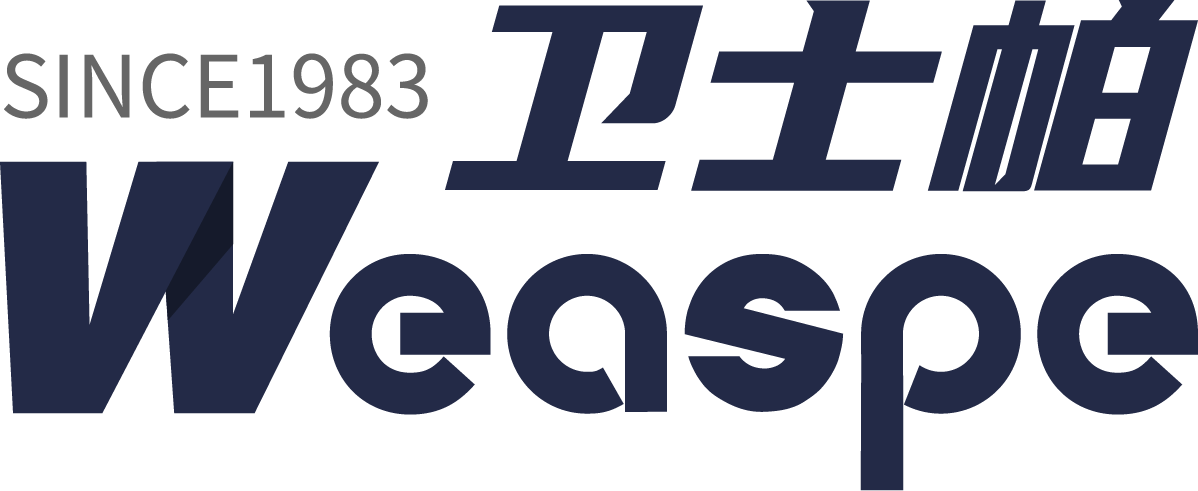cost of a passive house
The cost of a passive house represents a significant initial investment that typically ranges from 5-10% higher than conventional construction costs. However, this premium is offset by remarkable long-term savings and benefits. A passive house incorporates advanced building techniques and high-performance components, including superior insulation, triple-pane windows, and heat recovery ventilation systems. These features work together to maintain consistent indoor temperatures while minimizing energy consumption. The construction costs generally range from $200-$400 per square foot, depending on location, materials, and specific design requirements. Key components include thermal bridge-free construction, airtight building envelope, and energy-efficient appliances. While the upfront costs may seem substantial, the long-term operational savings make passive houses increasingly attractive to homeowners and developers. These buildings typically consume 90% less heating energy and 75% less overall energy compared to standard homes. The investment includes specialized planning, certified materials, and expert installation, but results in significantly reduced utility bills and increased property value.



